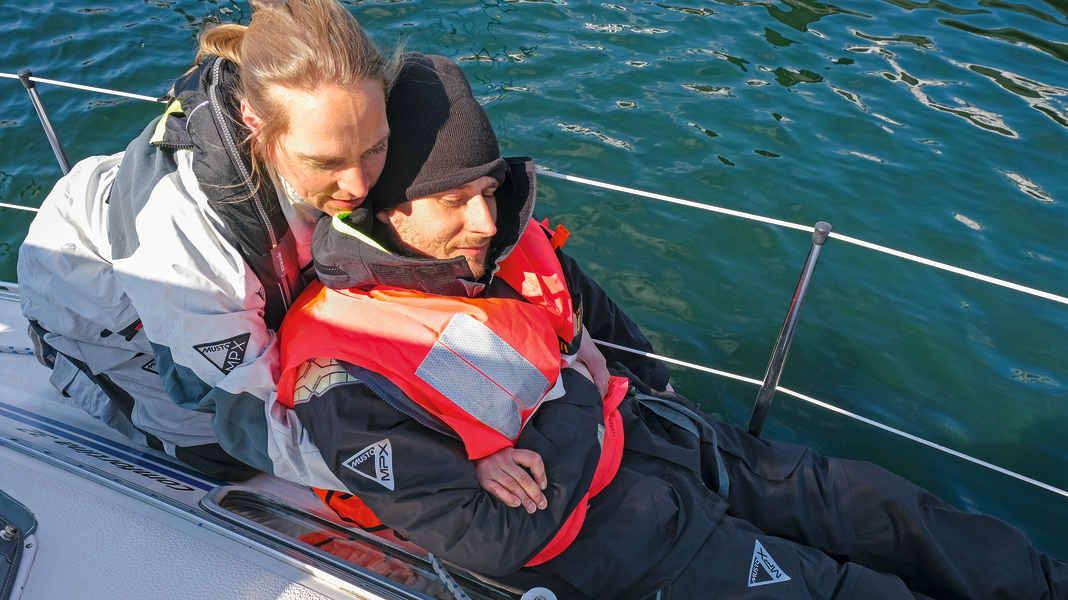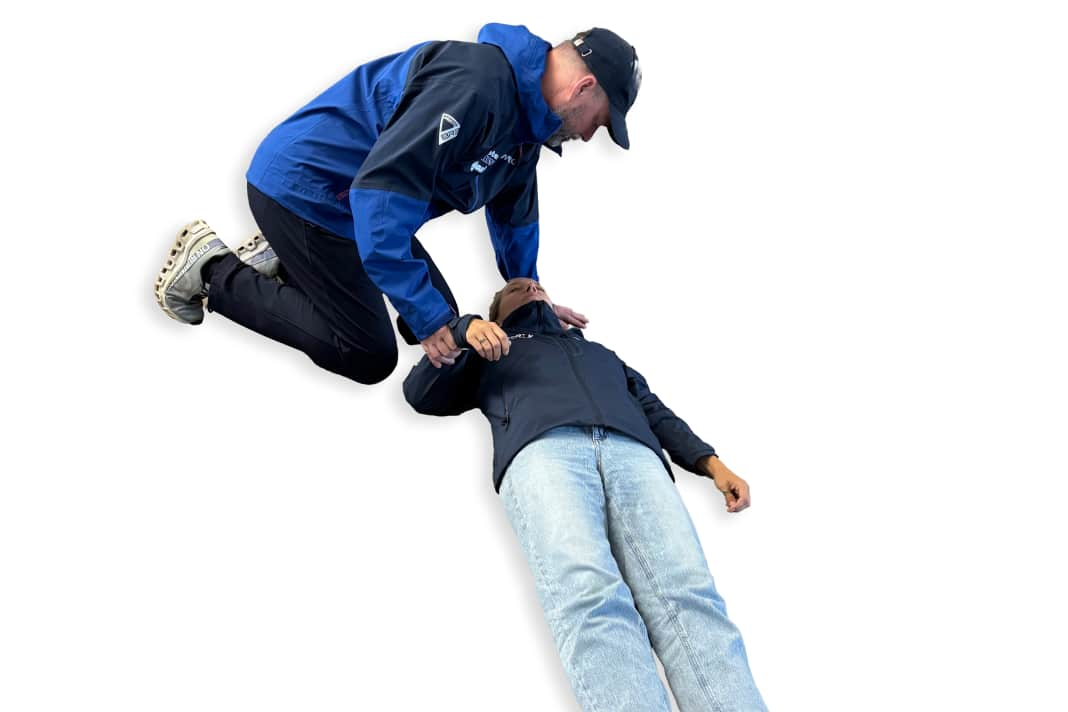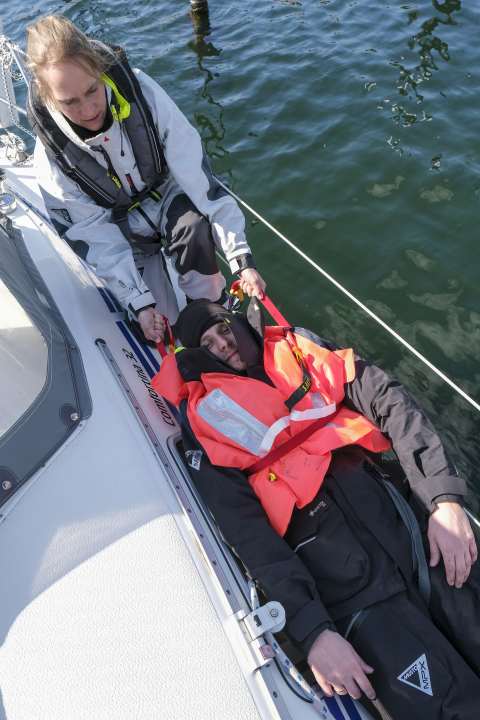
Basics and application of the Rautek grip
The Rautek hold is a special transport technique designed to enable a rescuer to move an unconscious person alone, even if they are heavy. The key advantage of the Rautek hold is the distribution of weight: the majority of the load is carried by the rescuer's legs, not their back. This minimises the risk of injury for both parties involved.
The design of the Rautek handle:






Before using the Rautek grip, it is essential to carry out an initial examination of the person to be rescued. This includes an assessment of the general condition, a check of breathing and circulation and a rough assessment of possible injuries.
During the examination, particular attention should be paid to signs of spinal injuries. If such an injury is suspected, extreme caution is required, as the Rautek grip also moves the spine of the injured person. In this case, the person should only be moved if there is an acute danger to life, for example due to fire or water ingress. Checking vital functions has the highest priority. If breathing stops or is absent, resuscitation measures must be initiated immediately. The Rautek handle is only used when the patient's condition is stable enough for transport.
Operational scenarios at sea
On yachts and boats, there are theoretically many situations in which the Rautek grip can be used, and it is repeatedly recommended in various literature, such as "Seemannschaft". In the event of a fire on board, for example, an unconscious crew member must be quickly removed from the smoke-filled area. Even in heavy seas, when someone has fallen and is unconscious, the Rautek grip should enable safe transport on deck.
The technology is particularly valuable when rescuing people from confined spaces such as cabins or engine rooms. Here, where there is often no room for several rescuers, a single person can operate effectively with the Rautek grip. The method also makes it possible to manoeuvre the injured person through narrow corridors and up steps.
The Rautek handle in practice
We tried out the Rautek handle in various scenarios. Even under ideal conditions (when creating the photo series above), it turned out that a strong person could move a much lighter one, but it required significantly more force than expected. Conversely, the lighter person was unable to move the heavier one.
Further difficulties arose during the operation on board. A person lying on the side deck in full gear, a typical situation after a rescue from the water, could not be moved by the person helping. Firstly, it is difficult to use the handle safely under the oilskin and a lifejacket because there is little room for the arms. In addition, with smaller hands, it is difficult and almost impossible to safely grasp the forearm of the person lying down, wrapped in clothing and oilskins.
However, if this is successful, it is hardly possible to squat low for the starting position in the cramped conditions on the side deck. And if this is also successful, the person can hardly be pulled. Wearing oilskins or a lifejacket, they quickly get caught on railing supports, blocks or other fittings and, depending on the yacht, are also pulled into a kind of wedge between the superstructure and the railing. The last hurdle to overcome is the coaming.
In addition, the person providing assistance moves backwards, making it difficult to recognise obstacles. The Rautek handle has therefore proved to be of very limited use in several scenarios on board.
Alternatives to the Rautek handle
However, every crew member should be familiar with the Rautek grip. Especially if the person to be rescued is not wearing an oilskin or lifejacket, the grip provides a safe point of contact with the person. Otherwise, arms or legs or a T-shirt or other clothing would have to be tugged at, which seems even less promising.
An alternative to the Rautek handle can be a strap that is passed around the chest under the armpits and which the person providing assistance can pull on. Although this does not relieve the upper body of the person to be rescued, which means that the friction on the ground is even greater, the person helping can, with luck, act somewhat more ergonomically and thus with more strength. However, even in this case, it has been shown that a rather petite person is unlikely to move a heavier crew member.

Another alternative is to wear a lifejacket. A halyard can then be attached to the lifejacket's rescue loop. The halyard is pulled through via a winch only far enough so that the person is not completely lifted. In this way, the person maintains a horizontal position, does not swing around uncontrollably in rough seas and is still easier to move than with the other methods.

